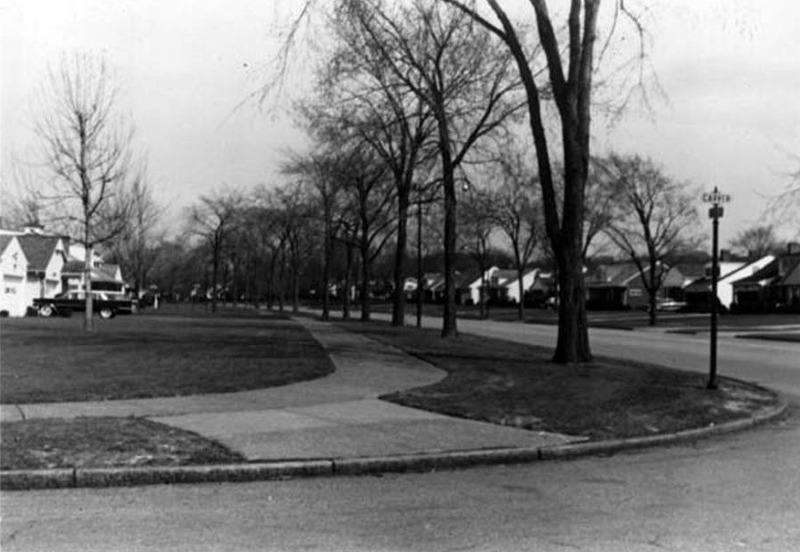Haggins Realty Bombing

Shiny windows, clean floors and new furniture. All are part of a new office and a new opportunity. This is what African American entrepreneur Isaac Haggins imagined for his realty business. Haggins, whose new office in Cleveland Heights in 1968 became the first black-owned realty office in any Cleveland suburb, sold homes in the Cleveland area to both African Americans and whites at a time when Realtors refused to do so. By 1960 and through the 1970s, Cleveland Heights endured a tumultuous housing and real estate environment. African Americans were moving into suburbs where the population was overwhelmingly white. This movement unreasonably scared some whites into committing criminal acts against them.
Haggins began his real estate business in 1961 in order to fulfill his dream of selling good homes to any person no matter what race. He had two offices located at 10215 St. Clair Avenue and 12534 Union Avenue on Cleveland's east side. After having many successful years in both locations, Haggins opened his third office in December 1968 in Cleveland Heights at 2221 North Taylor Road. The office space was sold to him by an Italian man who warned that he could not guarantee his safety. While violence was not an everyday occurrence in Cleveland Heights, it was a possibility. Haggins did not think much about the warning and opened the office with much fanfare. He hosted an open house in December 1968 to celebrate the opening of the office. The party was attended by many city officials, local citizens and community leaders.
Unfortunately, the celebration was short lived. In February 1969, Haggins office in Cleveland Heights was bombed as an act of racial violence. The bomb damaged the interior of the office and cost $10,000-$12,000 to repair. A positive message that resulted from the disaster was that the community banded together. Haggins received many sympathy calls and letters stating support for him and his company and hope for justice. The Cleveland Real Estate Brokers Association even posted a $500 reward for any information that could produce a suspect. The bombing served as another wake-up call to politicians and citizens that a real problem was on their doorstep.
The culprits were never captured but Haggins Realty bounced back. Only four months later, Haggins hired seven new staffers out of the 165 who applied. According to the Call & Post, the new employees were attracted to Haggins Realty due to the amount of sympathy around the entire city after the Taylor Road office bombing. However, the rest of Haggins's career was not always full of praise and support. He was accused of using blockbusting techniques in his realty practice, a charge he steadfastly denied. Despite the devastation of the bombing and through the outpouring of support and the accusations of blockbusting, the Haggins Realty firm continued to be successful. By October 1971, Haggins Realty reached over $1 million in sales just for that month alone. Haggins Realty continued its success for many more years to come.
Audio
Images




